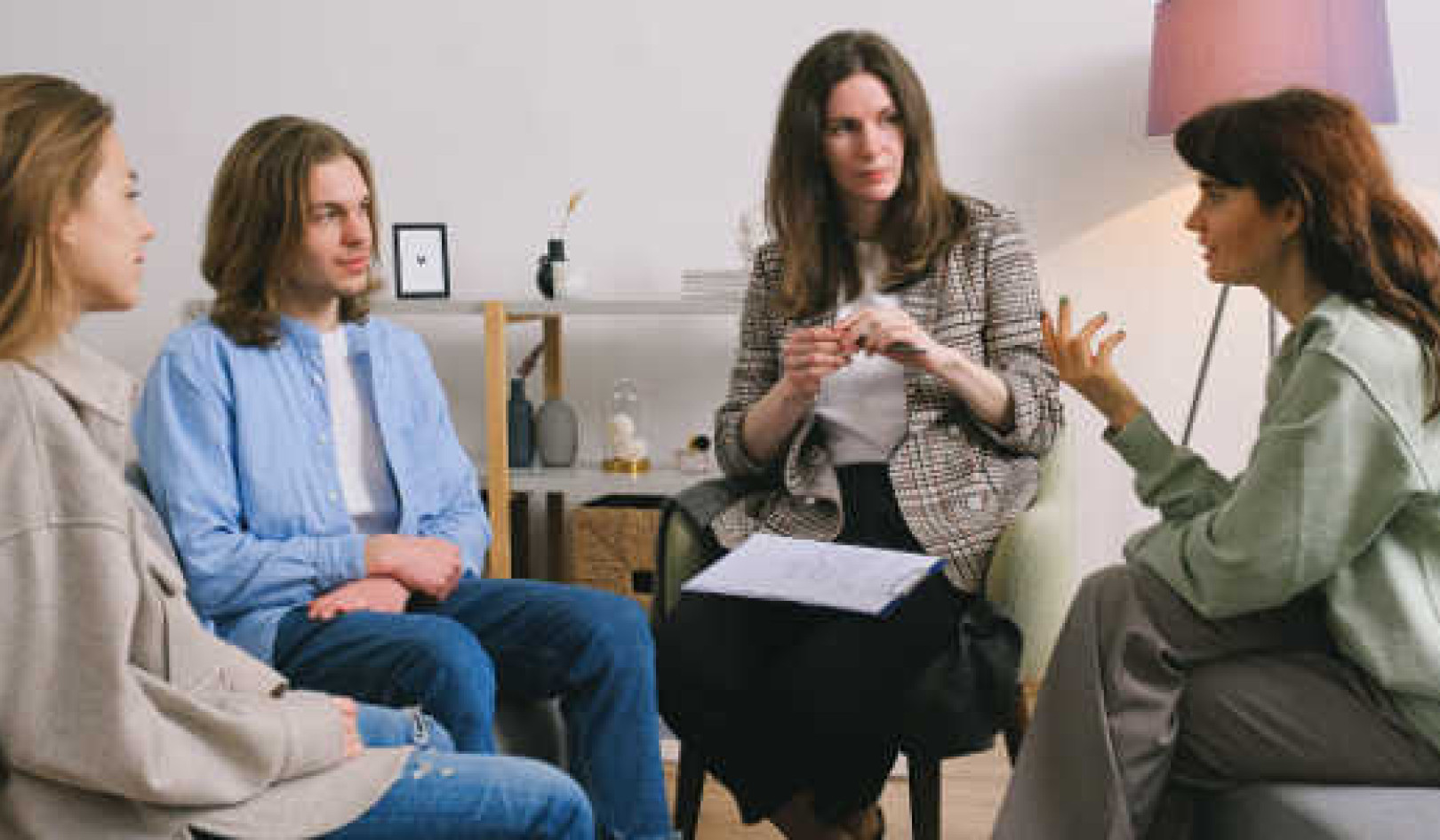 Great colours in Cappadocia, Turkey. But what are they? Olena Tur/Shutterstock
Great colours in Cappadocia, Turkey. But what are they? Olena Tur/Shutterstock
When I see red, it’s the most religious experience. Seeing red just results from photons of a certain frequency hitting the retina of my eye, which cascades electrical and biochemical pulses through my brain, in the same way a PC runs. But nothing happening in my eye or brain actually is the red colour I experience, nor are the photons or pulses. This is seemingly outside this world. Some say my brain is just fooling me, but I don’t accept that as I actually experience the red. But then, how can something out of this world be in our world? Andrew Kaye, 52, London.
What’s going on in your head right now? Presumably you’re having a visual experience of these words in front of you. Maybe you can hear the sound of traffic in the distance or a baby crying in the flat next door. Perhaps you’re feeling a bit tired and distracted, struggling to focus on the words on the page. Or maybe you’re feeling elated at the prospect of an enlightening read. Take a moment to attend to what it’s like to be you right now. This is what’s going on inside your head.
Or is it? There’s another, quite different story. According to neuroscience, the contents of your head are comprised of 86 billion neurons, each one linked to 10,000 others, yielding trillions of connections.
A neuron communicates with its neighbour by converting an electrical signal into a chemical signal (a neurotransmitter), which then passes across the gap in between the neurons (a synapse) to bind to a receptor in the neighbouring neuron, before being converted back into an electrical signal. From these basic building blocks, huge networks of electro-chemical communication are built up.
These two stories of what’s going on inside your head seem very different. How can they both be true at the same time? How do we reconcile what we know about ourselves from the inside with what science tells us about our body and brain from the outside? This is what philosophers have traditionally called the mind-body problem. And there are solutions to it that don’t require you to accept that there are separate worlds.
Ghost in the machine?
Probably the most popular solution to the mind-body problem historically is dualism: the belief that the human mind is non-physical, outside of the physical workings of the body and the brain. According to this view, your feelings and experiences aren’t strictly speaking in your head at all – rather they exist inside an immaterial soul, distinct from, although closely connected to, your brain.
The relationship between you and your body, according to dualism, is a little bit like the relationship between a drone pilot and his drone. You control your body, and receive information from its sensors, but you and your body are not the same thing.
 Dualism in a nutshell. Halfpoint/Shutterstock
Dualism in a nutshell. Halfpoint/Shutterstock
Dualism allows for the possibility of life after death: we know the body and the brain decay, but perhaps the soul lives on when the body dies, just as a drone pilot lives on if his drone is shot down. It is also perhaps the most natural way for human beings to think about the body-mind relationship. The psychologist Paul Bloom has argued that dualism is hardwired into us, and that from a very early age infants start to distinguish “mental things” from “physical things”. Reflecting this, most cultures and religions throughout history seem to have adopted some kind of dualism.
The trouble is that dualism does not fit well with the findings of modern science. Although dualists think the mind and the brain are distinct, they believe there is an intimate causal relationship between the two. If the soul makes a decision to raise an arm, this somehow manages to influence the brain and thereby set off a causal chain which will result in the arm going up.
Rene Descartes, the most famous dualist in history, hypothesised that the soul communicated with the brain through the pineal gland, a small, pea-shaped gland located near the centre of the brain. But modern neuroscience has cast doubt on the idea that there is a single, special location in the brain where the mind interacts with the brain.
Perhaps a dualist could maintain that the soul operates at several places in the brain. Still, you’d think we’d be able to observe these incoming signals arriving in the brain from the immaterial soul, just as we can observe in a drone where the radio signals sent by the pilot arrive. Unfortunately, this is not what we find. Rather, scientific investigation seems to show that everything that happens in a brain has a physical cause within the brain itself.
Imagine we found what we thought was a drone, but upon subsequent examination we discovered that everything the drone did was caused by processes within it. We would conclude that this was not being controlled by some external “puppeteer” but by the physical processes within it. In other words, we would have discovered not a drone but a robot. Many philosophers and scientists are inclined to draw the same conclusions about the human brain.
Am I my brain?
Among contemporary scientists and philosophers, the most popular solution to the mind-body problem is probably materialism. Materialists aspire to explain feelings and experiences in terms of the chemistry of the brain. It is broadly agreed that nobody has the slightest clue as yet how to do it, but many are confident that we one day will.
This confidence probably arises from the sense that materialism is the scientifically kosher option. The success of science in the past 500 years is after all mind-blowing. This gives people confidence that we just need to plug away with our standard methods of investigating the brain, and one day we’ll solve the riddle.
The trouble with this common viewpoint, as I argue in my book Galileo’s Error: Foundations for a New Science of Consciousness, is that our standard scientific approach was designed to exclude consciousness.
Galileo was the first person to demand that science should be mathematical. But Galileo understood quite well that human experience cannot be captured in these terms. That’s because human experience involves qualities – the redness of a red experience, the euphoria of love – and these kinds of qualities cannot be captured in the purely quantitative language of mathematics.
Galileo got around this problem by adopting a form of dualism, according to which the qualities of consciousness existed only in the incorporeal “animation” of the body, rather than in the basic matter that is the proper focus of physical science. Only once Galileo had located consciousness outside of the realm of science, was mathematical science possible.
In other words, our current scientific approach is premised on Galileo’s separation of the quantitative physical world from the qualitative reality of consciousness. If we now want to bring consciousness into our scientific story, we need to bring these two domains back together.
Is consciousness fundamental?
Materialists try to reduce consciousness to matter. We have explored some problems with that approach. What about doing it the other way around – can matter be reduced to consciousness? This brings us to the third option: idealism. Idealists believe that consciousness is all that exists at the fundamental level of reality. Historically, many forms of idealism held that the physical world is some kind of illusion, or a construction generated from our own minds.
Idealism is not without its problems either. Materialists put matter at the basis of everything, and then have a challenge understanding where consciousness comes from. Idealists put consciousness at the basis of everything, but then have a challenge explaining where matter comes from.
But a new – or rather rediscovered – way of building matter from consciousness has recently been garnering a great deal of attention among scientists and philosophers. The approach starts from the observation that physical science is confined to telling us about the behaviour of matter and what it does. Physics, for example, is basically just a mathematical tool for telling us how particles and fields interact. It tells us what matter does, not what it is.
{vembed Y=OSmfhc_8gew}
If physics doesn’t tell us what fields and particles are, then this opens up the possibility that they might be forms of consciousness. This approach, known as panpsychism, allows us to hold that both physical matter and consciousness are fundamental. This is because, according to panpsychism, particles and fields simply are forms of consciousness.
At the level of basic physics, we find very simple forms of consciousness. Perhaps quarks, fundamental particles that help make up the atomic nucleus, have some degree of consciousness. These very simple forms of consciousness could then combine to form very complex forms of consciousness, including the consciousness enjoyed by humans and other animals.
So, according to panpsychism, your experience of red and the corresponding brain process don’t take place in separate worlds. Whereas Galileo separated out the qualitative reality of a red experience from the quantitative brain process, panpsychism offers us a way of bringing them together in a single, unified worldview. There is only one world, and it’s made of consciousness. Matter is what consciousness does.
Panpsychism is quite a radical rethink of our picture of the universe. But it does seem to achieve what other solutions cannot. It offers us a way to combine what we know about ourselves from the inside and what science tells us about our bodies and the brains from the outside, a way of understanding matter and consciousness as two sides of the same coin.
Can panpsychism be tested? In a sense it can, because all of the other options fail to account for important data. Dualism fails to account for the data of neuroscience. And materialism fails to account for the reality of consciousness itself. As Sherlock Holmes famously said: “Once we have ruled out the impossible, what remains, no matter how improbable, must be the truth.” Given the deep problems that plague both dualism and materialism, panpsychism looks to me to be the best solution to the mind-body problem.
Even if we can solve the mind-body problem, this can never dispel the wonder of human consciousness. On such matters, the philosopher is no match for the poet.
The Brain is wider than the Sky
For, put them side by side,
The one the other will contain
With ease, and you beside.
The Brain is deeper than the sea
For, hold them, Blue to Blue,
The one the other will absorb,
As sponges, Buckets do.
The Brain is just the weight of God
For, Heft them, Pound for Pound
And they will differ, if they do,
As Syllable from Sound.
Emily Dickinson, c. 1862
About The Author
Philip Goff, Assistant Professor of Philosophy, Durham University
This article is republished from The Conversation under a Creative Commons license. Read the original article.

Books Improving Attitude and Behavior from Amazon's Best Sellers list
"Atomic Habits: An Easy & Proven Way to Build Good Habits & Break Bad Ones"
by James Clear
In this book, James Clear presents a comprehensive guide to building good habits and breaking bad ones. The book includes practical advice and strategies for creating lasting behavior change, based on the latest research in psychology and neuroscience.
Click for more info or to order
"Unf*ck Your Brain: Using Science to Get Over Anxiety, Depression, Anger, Freak-Outs, and Triggers"
by Faith G. Harper, PhD, LPC-S, ACS, ACN
In this book, Dr. Faith Harper offers a guide to understanding and managing common emotional and behavioral issues, including anxiety, depression, and anger. The book includes information on the science behind these issues, as well as practical advice and exercises for coping and healing.
Click for more info or to order
"The Power of Habit: Why We Do What We Do in Life and Business"
by Charles Duhigg
In this book, Charles Duhigg explores the science of habit formation and how habits impact our lives, both personally and professionally. The book includes stories of individuals and organizations who have successfully changed their habits, as well as practical advice for creating lasting behavior change.
Click for more info or to order
"Tiny Habits: The Small Changes That Change Everything"
by BJ Fogg
In this book, BJ Fogg presents a guide to creating lasting behavior change through small, incremental habits. The book includes practical advice and strategies for identifying and implementing tiny habits that can lead to big changes over time.
Click for more info or to order
"The 5 AM Club: Own Your Morning, Elevate Your Life"
by Robin Sharma
In this book, Robin Sharma presents a guide to maximizing your productivity and potential by starting your day early. The book includes practical advice and strategies for creating a morning routine that supports your goals and values, as well as inspiring stories of individuals who have transformed their lives through early rising.
s





















